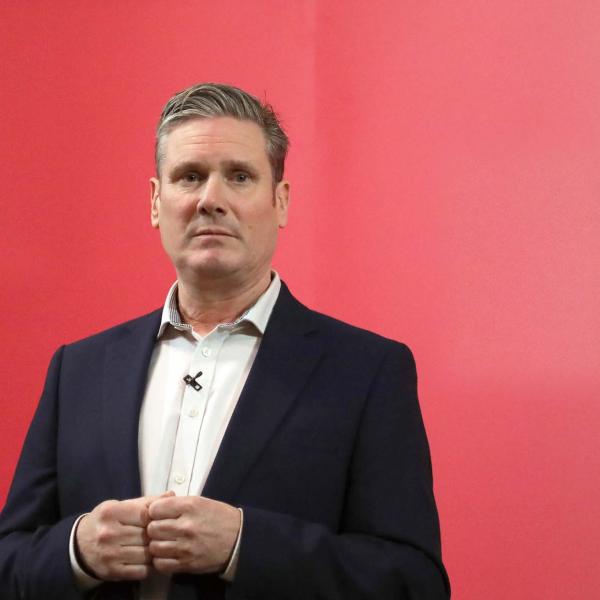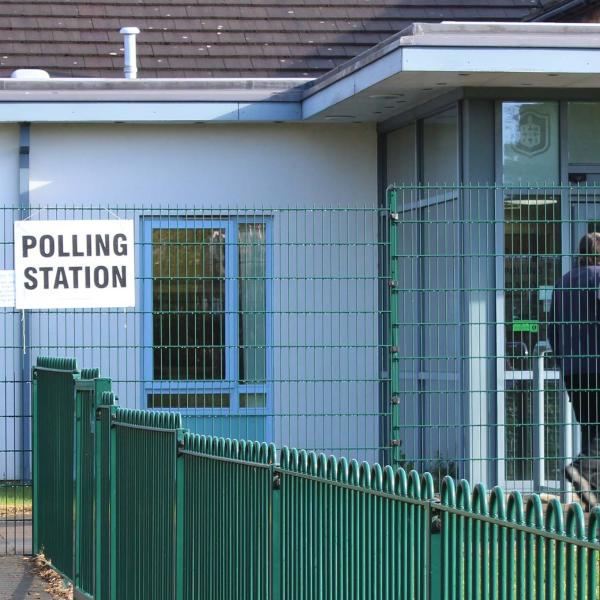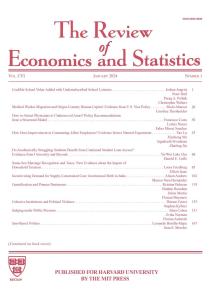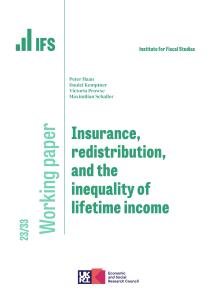The Chancellor, Jeremy Hunt, is under growing pressure to cut taxes, if not in the upcoming Autumn Statement then in the Budget next spring. The Conservatives have presided over a record increase in the overall tax take. MPs will be looking for a pre-election tax cut that they can talk about on door steps. Recent reports suggest that they would favour cuts to stamp duty, inheritance tax or income tax.
But for now, the Chancellor has said that it will be “virtually impossible” to deliver tax cuts until the economic outlook improves.
It is true that poor economic growth, high debt and borrowing costs, and growing spending pressures are combining to make the public finances very challenging. Fiscal headroom – effectively the amount by which government can increase spending or cut taxes without breaking their fiscal rules – is low. Chancellor Hunt is therefore right that now is not the time to be making overall tax cuts, unless they are accompanied by spending cuts.
But that doesn’t mean individual taxes can’t be cut. The UK Treasury raises close to £1 trillion in revenue each year. There are lots of ways to raise £1 trillion and plenty of ways that we could cut some taxes while raising others.
Why, I hear you ask, would politicians want to change taxes if they weren’t changing how much revenue is being raised? The answer is simple: because how we design our tax system has a huge effect on the incentives that people and businesses face and the distribution of tax payments across different types of people.
Politicians could focus on reforms that were aimed at improving growth. For example, they could cut, or even better scrap, stamp duty, which prevents some people from moving house to take a better job. This could be done alongside an increase in council tax – ideally at the same time as reforming council tax so that it is no longer regressive and based on property prices from over 30 years ago. Governments could increase tax rates on capital gains and use the revenue to, for example, improve incentives for people investing money into their own companies, or to cut the tax rates on wages.
Politicians could also use tax reform to make different choices about the distribution of tax bills across different types of people. For example, they should include pension pots in inheritance tax and abolish agricultural and business reliefs and could use revenue raised to cut the inheritance tax rate.
Of course – none of this is news to politicians. Governments frequently make major changes to the design of taxes. Although this government has overseen a large increase in spending and tax, along the way there have been some tax cuts. For example, a few billion pounds was spent on the ‘full expensing’ policy that accompanied an increase in the corporation tax rate. And tax changes have reshaped who is paying. Most notably, the freeze in income tax thresholds has meant that millions more people are paying any income tax and record numbers are paying higher rates.
It would be nice, therefore, if we could have an open discussion of these choices going into the next election. It is no doubt easier and more popular for Conservatives to talk loosely about overall tax cuts than to engage with the thornier trade-offs that can come with tax reform. And fiscal headroom is great – spending can be increased or taxes cut without having to make any offsetting (and painful) decisions. But we don’t need to wait for fiscal headroom to reform our tax system. Reforming how we raise £1 trillion will have a bigger effect on people’s lives and on the UK’s economic performance than how the chancellor uses any headroom he may claim to have found before polling day.
This article was first published in The Telegraph and is reproduced here with kind permission.










